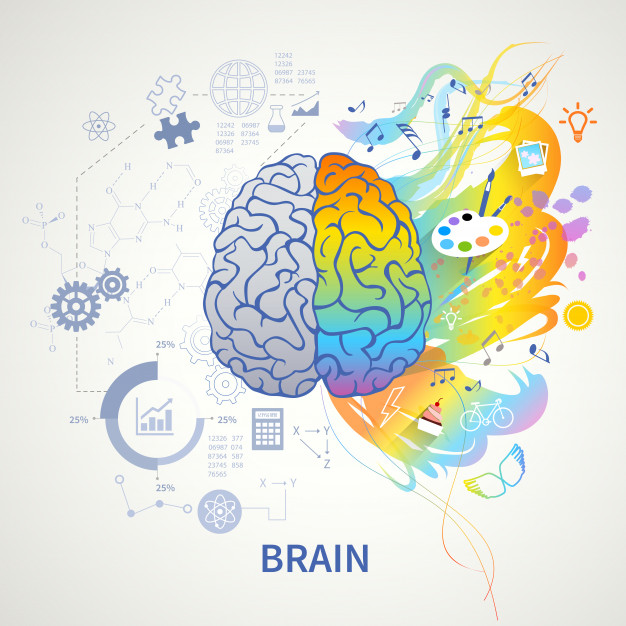
In a world where a majority of our lives are experienced online, the ability to remotely educate is becoming more and more important. Is it possible that we are heading towards a world where we learn the majority of our subjects from experts giving a one-time world-class pre-recorded lesson presentation on a topic, and we’re then left to carry out further investigation and learning on our own? Seth Godin talks about classes taught by experts in the relevant field, followed up by in-person individual or group study sessions with a local teacher where ideas can be explored, confusion clarified and questions answered.

Far from proposing that there is indeed something explicitly ‘wrong’, I’ll explore how things can go right and where things can be improved or informed to allow for the best to come out of the ‘remote learning’ model. So then…What is wrong with online education?
Where does it work?
If you consider the teaching of fact-based intellectual subjects like elementary math, this is easy, right? 2+2 will always equal 4 and you can expand on this lesson to include all the option to get to 4 (1+3; 1+1+1+1, etc…) When considering the capacity to communicate ‘information’ and ‘factual’ elements, the internet wins. You cannot beat the internet for providing a ready source of information and learning options. As an intermediate or advanced learner, it is easy to translate and apply the information as you have a foundation in the subject and additional real-world experience.
Why do we learn better in person?
When it comes to physically based subjects like learning how to dance, play sport or a musical instrument, there is a degree of ‘let me show you’ that would potentially require a more individually tailored, real-world, in-person approach, and in an all ‘online’ world where does that initial experience come from? As adults it may be possible to translate this kind of physical information into our bodies and enact the required moves due to having lived in our bodies and learned to control them over the years. However, as beginners we would require a little more guidance to help develop the movements or skills. This may well require an additional source of input via a teacher or mentor. There is also the question of how fine motor movements develop. Do we really need to see a person in front of our eyes displaying a skill, or will an image on a screen work just as well? With an online video, you can rewatch over and over, gleaming all the information and practicing until you have it right. In-person lessons are limited to the time you are in the class and your memory of it. But this situation allows for a physical change in perspective, a question or conversation. It’s possible to truly explore a nuance from within the lesson through discourse and interaction, that can expand the single focus into a wealth of learning.

When you attend a workout class or rehearsal, there’s a probability you’ll give more and try harder in this environment, partly due to being in amongst your peers. When standing/sitting in front of your teacher and having to perform that piece or lesson you’ve been studying all week, there is an additional challenge…and you certainly find out in that moment if you’ve learnt it properly or not!! If you are at home learning from pre-recorded content, how far do you explore the lesson? How do you know when you’re done? It can be harder to push to one’s limits when no-one is watching. Experts in the field are able to see exactly what is needed to help the individual succeed, pushing them past their perceived limits, and forward towards their goals.
How can the online experience be improved?
Accountability – Live interactive lessons can be used as an addition to online video content, to facilitate the inculcation of a given lesson, thereby helping to fully explore the information with questions and discussion. This also allows for the teacher to specifically guide a student with an individually tailored presentation of the information, adapted to the learner. The student can then go away to study and return for an assessment of their progress, giving a chance for ‘re-phrasing’ or ‘tweaking’ of the information to further correct or expand.
The ‘in-person’ effect has a great deal to offer the learner and provides an opportunity for the teacher to specifically guide a student with an individually tailored presentation of the information, adapted to the learner. This type of lesson can be taught either online as a real-time remote lesson, or as ‘in-person’ face-to-face lesson.
What next…
Ultimately, the online pre-recorded model of education is certainly hear to stay and has the capacity to hugely benefit all who engaged with it. We are at a turning point in how we share knowledge, and this opportunity will afford great progress for many who would otherwise not have access to information at this breadth and depth. The question I have is for fields where the knowledge is expanding and our understanding changing…with no gatekeepers on the posting of fact-based informative content, how do we know the information we are consuming is really the latest and most accurate? Maybe that’s for another post…
I hope you enjoyed the read and feel free to get in touch via social media if you have any comments.